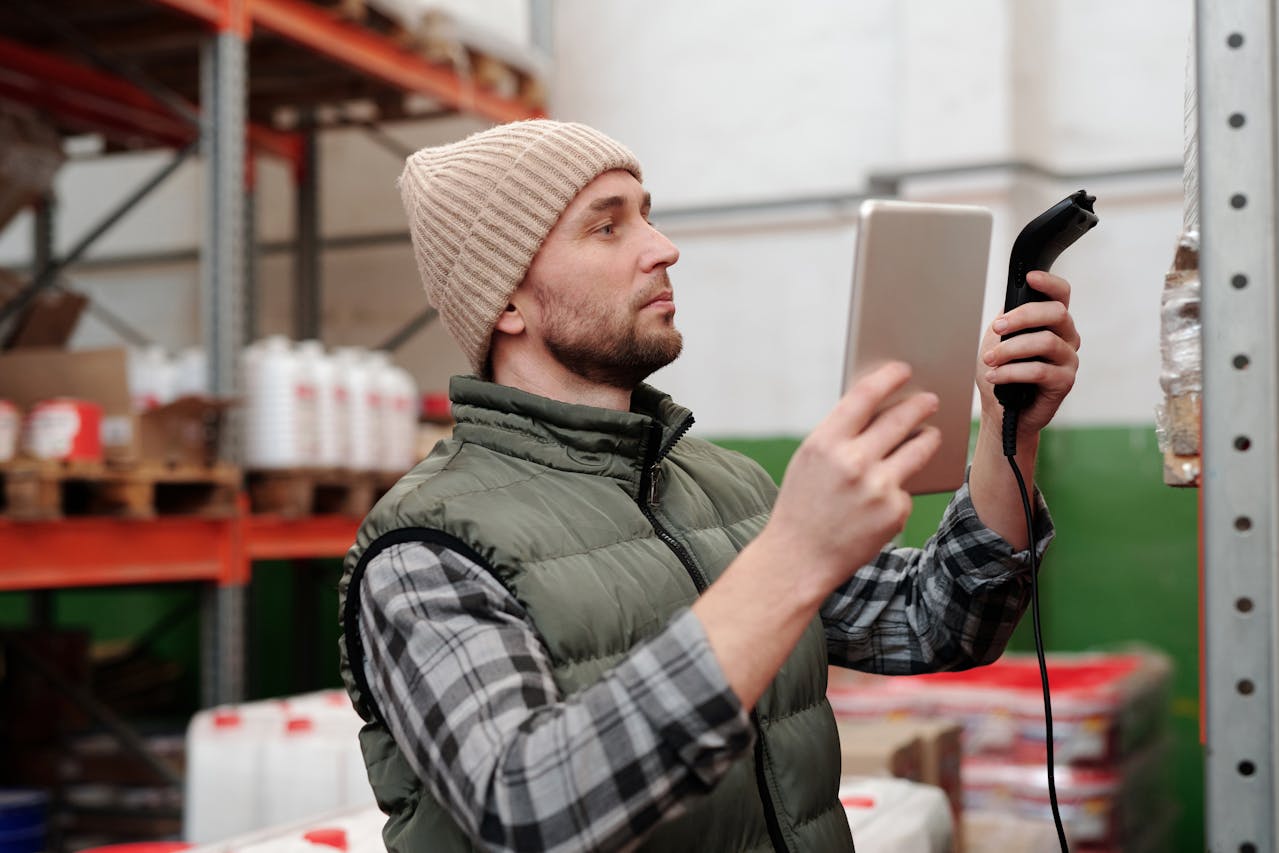
Image Source: pexels.com
Every time you check out at a grocery store, you trust that the price scanner is accurate. Most shoppers don’t double-check their receipts, but price scanner errors happen more often than you might think. These mistakes, whether small or large, add up and contribute to shoppers losing millions of dollars every year. Understanding the most common price scanner errors can help you protect your wallet and make sure you’re truly getting the deals advertised. In this article, we break down the eight most frequent price scanner errors that cost shoppers millions annually and offer practical ways to avoid them.
1. Sale Price Not Applied at Checkout
One of the most common price scanner errors is when advertised sale prices fail to register at checkout. You see a discount on the shelf, but the scanner rings up the full price. This happens when sales updates aren’t entered into the system, or old prices haven’t been removed. For shoppers, this means missing out on savings you expected. Always check your receipt before leaving the store and alert staff if the sale price was missed.
2. Expired Promotions Still in System
Sometimes, a promotion has ended, but the system still scans the old price, or a discount lingers in the store’s computer. This can work against you if the scanner rings up a higher price, or even in your favor if it’s lower. Either way, inconsistent promotional updates lead to confusion and, in most cases, customers paying more than they should. Double-check the promotion dates and keep an eye on your total.
3. Incorrect Item Codes Entered
Cashiers may manually enter codes for produce, bakery goods, or bulk items. If they enter the wrong code, you could be charged for a more expensive item. For example, organic produce often costs more, so a mix-up could mean you pay extra. To avoid this price scanner error, watch as items are scanned—especially when codes are typed in manually.
4. Multiple Item Discounts Not Applied
Many grocery stores offer “buy one, get one free” or “3 for $10” deals. These multi-buy offers rely on the scanner to recognize the correct quantity and apply the discount. If the system isn’t updated properly, you might get charged for each item at full price. This price scanner error is easy to miss in a big shopping trip, but it can cost you significantly over time. Always review the multi-buy discounts on your receipt before you leave.
5. Outdated Price Files
Grocery stores use price files to keep their scanners up to date. If these files aren’t updated regularly, the scanner might not reflect the current shelf price. Outdated price files can result in overcharges, especially after price hikes or promotional periods. Staying aware of shelf prices and double-checking receipts can help you catch this error before it eats into your budget.
6. Tax Miscalculations
Tax rates vary by product and location. If the scanner is programmed with the wrong tax rate, you could end up paying too much. For example, some states don’t tax certain food items, but if the scanner doesn’t recognize this, you’ll be charged anyway. This price scanner error is less obvious but can add up over time, especially on large purchases.
7. Weight-Based Item Errors
Items sold by weight, like produce or meat, are prone to scanning errors. If the scale is off or the scanner doesn’t match the correct price per pound, you could be overcharged. Sometimes, price tags don’t match the scanner’s data, leading to confusion at checkout. Always check the weight and price on your receipt and speak up if something looks off.
8. Price Scanner System Glitches
Technical glitches can cause price scanners to malfunction, leading to random or repeated pricing errors. For instance, a system update might reset prices incorrectly or apply a blanket increase. These glitches can impact hundreds of transactions before they’re caught. If you notice a trend of wrong prices at your local store, let the manager know so they can address the issue quickly.
How to Protect Yourself from Price Scanner Errors
Price scanner errors are more common than most shoppers realize, and they contribute to millions in lost savings every year. The best way to protect yourself is to stay alert and informed. Keep an eye on shelf prices, watch as your items are scanned, and always review your receipt before leaving the store. If you notice a mistake, speak up—most stores will honor the correct price if you point out the error right away.
Some states have laws that protect consumers from price scanner errors and even require stores to compensate you if they overcharge. For more information on your rights, check resources like the Federal Trade Commission’s guide to avoiding overcharges.
Have you ever caught a price scanner error at your favorite store? Share your experiences and tips in the comments below!
Read More
